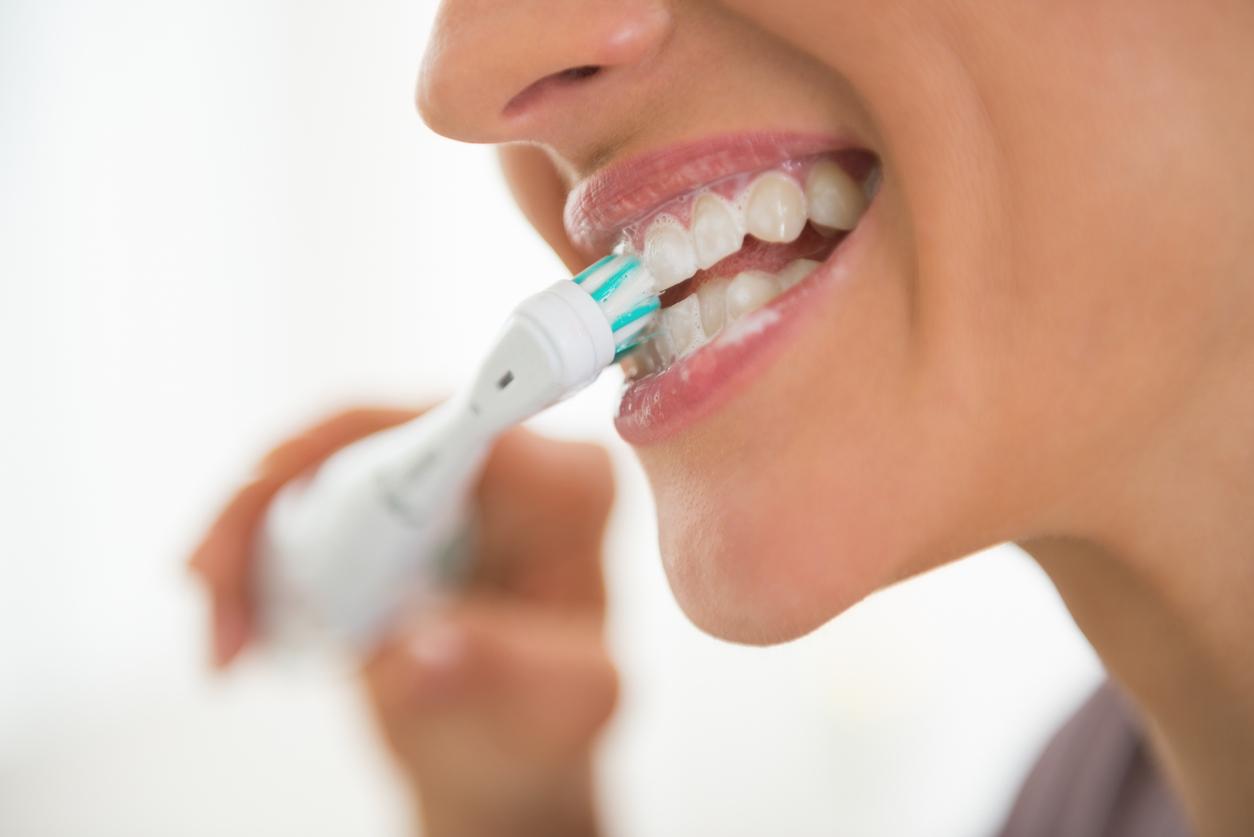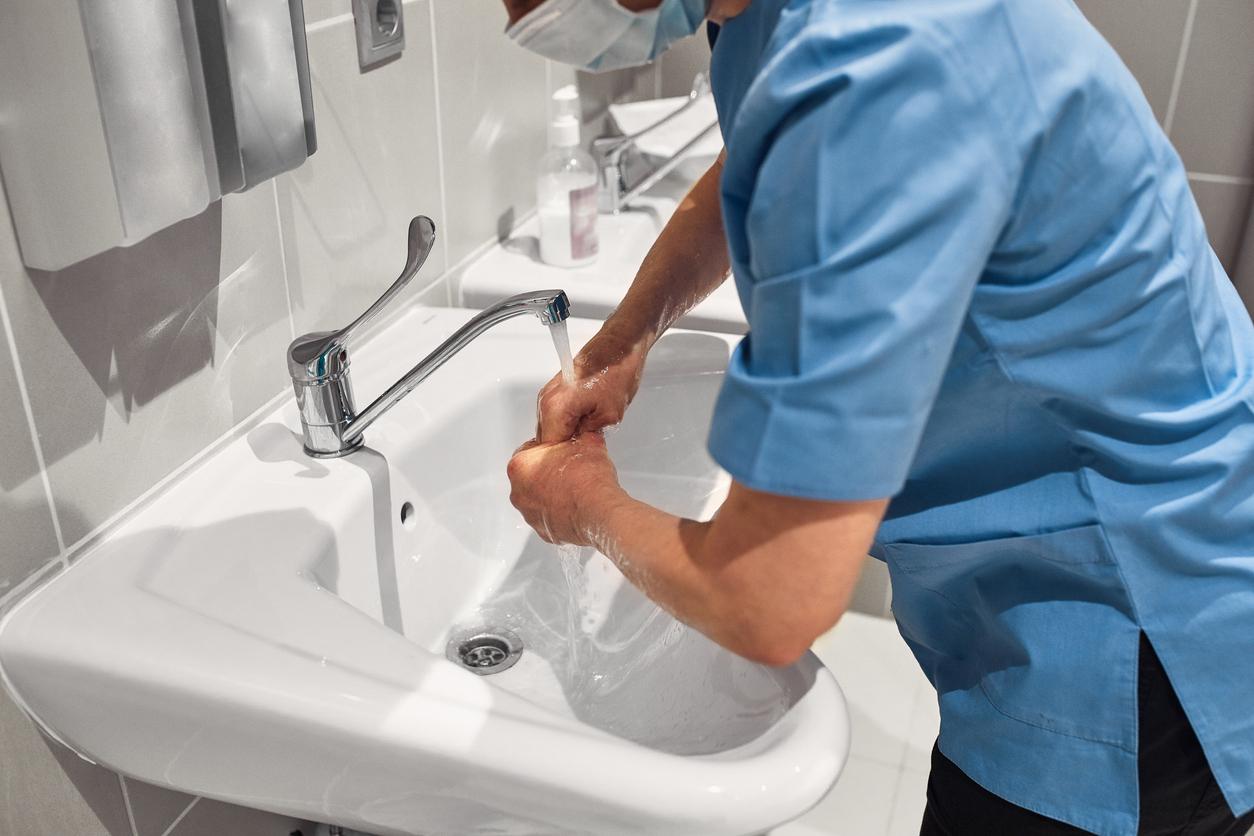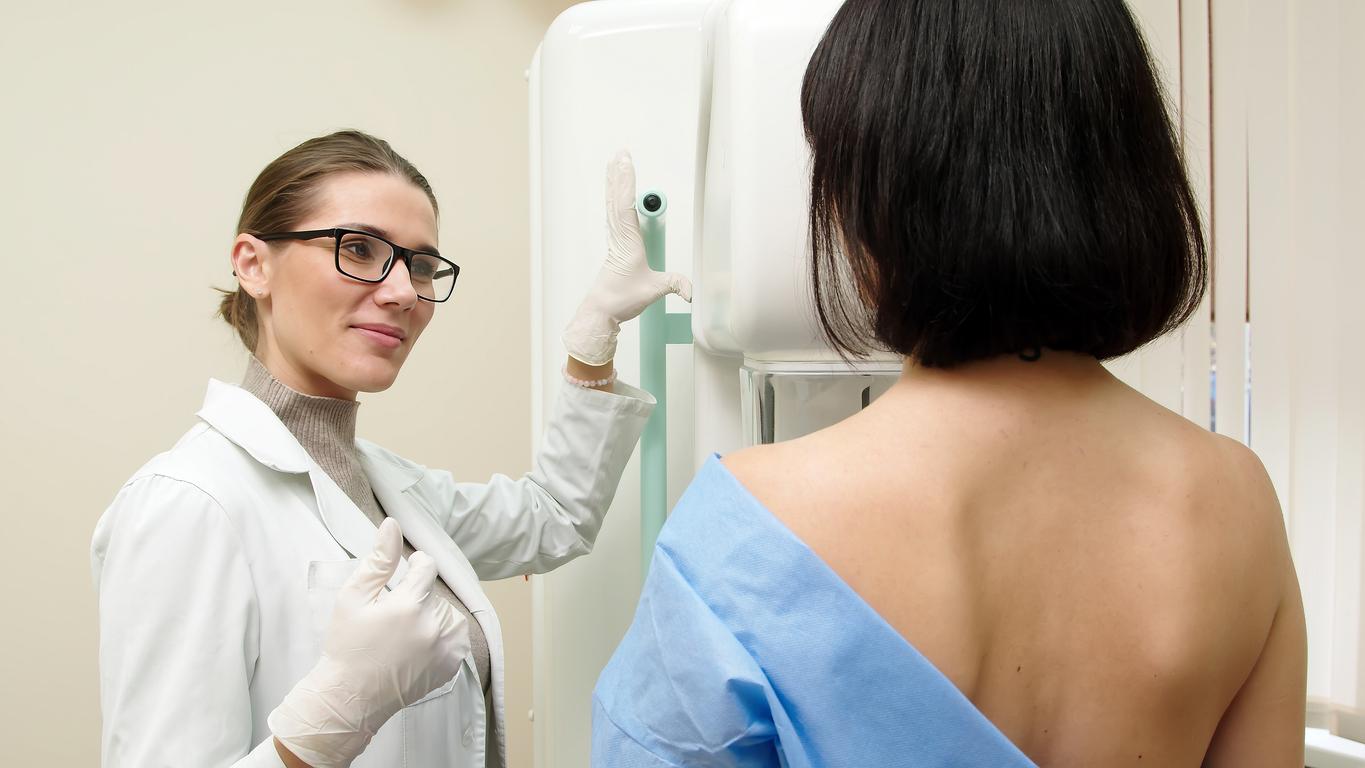More than a dozen bacterial species among the hundreds that live in the mouths of adults are associated with a 50% increase in the risk of developing squamous cell carcinoma of the head and neck.

- American researchers have identified 13 oral bacterial species that may increase or decrease the risk of head and neck cancer.
- These are linked to a 30% increased probability of developing these cancers. When combined with five other species often found in gum disease, the overall risk was increased by 50%.
- These results provide an additional reason to maintain good oral hygiene habits, according to the authors.
According to specialists’ observations, people with poor oral health are more vulnerable to head and neck cancers than those with “healthier” mouths. However, ““current evidence is largely limited to bacterial amplicon sequencing or small retrospective case-control studies.” This is why scientists from NYU Langone Health and its Perlmutter Cancer Center (United States) decided to conduct a study to determine the exact types of bacteria most involved in the development of these tumors, which were not until now unclear.
Head and neck cancer: analyzing the composition of oral microbes in patients and healthy adults
As part of their work, published in the journal JAMA Oncologythe team analyzed data from three ongoing surveys of 159,840 Americans to better understand how diet, lifestyle, medical history and many other factors are involved in cancer. The data was collected as part of the Prostate, Lung, Colon and Ovarian Cancer Screening Trial.
Shortly after registering for the surveys, participants rinsed their mouths with mouthwash and provided saliva samples, which helped record the number and species of microbes for testing. The researchers then followed up for about 10 to 15 years to record the possible presence of tumors. In the current research, the team analyzed bacterial and fungal DNA from saliva samples. She then identified 236 patients with head and neck squamous cell carcinoma and compared the DNA of their oral microbes to that of 458 healthy adults.
13 oral bacterial species increase the risk of tumors
After accounting for factors known to play a role, such as age, race, and frequency of cigarette or alcohol consumption, the authors detected 13 oral bacterial species, which were found to increase or reduce the risk of head and neck cancer. “Species included the newly identified species of Prevotella salivae, Streptococcus Sanguinis and Leptotrichia, as well as several species belonging to the Beta and Gamma Proteobacteria”we can read in the results. Overall, these oral bacteria were associated with a 30% increased likelihood of developing these cancers. When combined with five other species often found in gum disease, the overall risk was increased by 50%.
“These bacteria can serve as biomarkers for experts to identify people at high risk,” declared Soyoung Kwaklead author of the research. “So brushing and flossing your teeth can not only help prevent periodontal disease, but also protect against head and neck cancer.”added Richard Hayes, professor and co-author of the study. “Now that we have identified the key bacteria that may contribute to this disease, we plan to explore the mechanisms that allow them to do so and how we can best intervene,” continued Jiyoung Ahn, who also participated in the study.


















